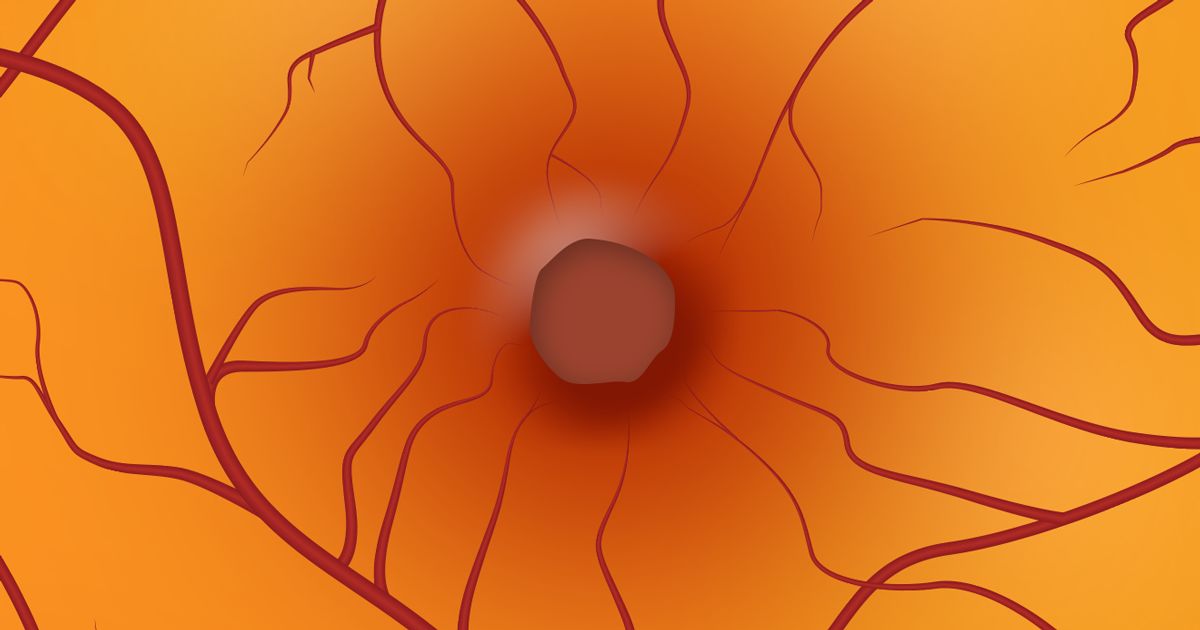Macular holes: Causes, progression, and surgery

It can be very scary if your vision in one eye suddenly becomes blurry and distorted. This can happen if a macular hole develops in your retina.
What is a macular hole?
To understand what macular holes are and how they occur, it's important first to know a little about eye anatomy.
The macula (or macula lutea) is a very small spot in the center of the retina. Visually, it is the most important part of the retina. The macula is responsible for visual acuity, detailed central vision (for reading, driving and recognising faces, for example), and colour vision.
The macula is full of light-sensitive cells called cones. Cones are responsible for fine detailed vision such as reading and colour perception. The rest of the retina is primarily made up of photosensitive cells called rods. Rods "see" shades of gray and black, detect movement, and are responsible for peripheral vision.
A macular hole is a small break in the macula, that causes blurred and distorted central vision that typically occurs suddenly.
What causes macular holes?
Macular holes often occur due to aging. They are more likely to develop if you are over age 60. Also, women have a slightly higher risk for macular holes than men.
Macular holes are not the same as another age-related eye disease called macular degeneration, which also occurs more frequently among those over age 60.
Macular holes can occur due to:
Vitreous shrinkage and/or separation
Diabetic eye disease
High amounts of short-sight (myopia)
Macular pucker (scar tissue in the macula)
Posterior vitreous detachment
Best's disease (inherited condition causing macular damage)
Macular holes caused by vitreous changes
The back of your eye is filled with a clear, rather thick, gel-like material called the vitreous (also called the vitreous humor or vitreous body). The vitreous helps the eyeball maintain its spherical shape.
With time, the gel-like vitreous becomes more liquid, causing it to slosh around.
Because the vitreous is attached to the retina with tiny strands of collagen (a common protein in the body), these collagen strands can pull on the retina as the vitreous liquefies. Sometimes, this can tear off a small piece of the retina, causing a hole. If this missing piece of retina is in the macula, it's called a macular hole.
Another way macular holes can occur due to changes in the vitreous is when collagen strands within the vitreous stay attached to the retina and break away from the liquid vitreous. These strands can contract around the macula, causing the macula to develop a hole from the traction (pulling).
Progression of macular holes
Left untreated, a macular hole can worsen over time. Macular holes occur in three stages:
Foveal detachments — about 50 percent worsen without treatment.
Partial-thickness holes — about 70 percent worsen without treatment.
Full-thickness holes — most worsen without treatment.
A macular hole sometimes can resolve without intervention, but most should be monitored closely or treated to prevent permanent vision loss.
Macular hole surgery and recovery
A vitrectomy is the most common treatment for macular holes.
In this surgery, a retinal specialist removes the vitreous gel to stop it from pulling on the retina. Then a mixture of air and gas is injected into the space previously occupied by the vitreous.
This bubble of air and gas puts pressure on the edges of the macular hole, allowing it to heal.
While the bubble is doing its job, you must lie face down so the bubble stays in the right place over the retina as the macular hole heals, which can take up to a week or longer.
(In one university study in Norway, face-down recovery times of 3 days and 1 week following macular hole surgery were compared. Macular holes closed successfully 87.5% of the 24 eyes in the 3-day group and in 93.1% of the 29 eyes in the 1-week group. Overall, 90.6% of the macular holes were successfully treated with one surgery.)
The gas/air bubble gradually absorbs over time, and natural eye fluids take its place while the hole is healing.
Risks of vitreous surgery include infection and retinal detachment, both which are treatable. The most common risk, however, is cataract development. Cataracts usually occur rather quickly after a vitrectomy, but they can be removed once the eye has healed.
If you have had surgery for a macular hole using a gas bubble, you won't be able to travel by air for a period of time, because the gas can expand with pressure changes, causing eye damage.
People who have had a macular hole in one eye have a higher chance (about 10%) of developing a macular hole in their other eye at some time in their life. Therefore, you should have regular eye exams as recommended by your eye care professional to monitor the health of your retinas following macular hole surgery.
FIND AN OPTICIAN: if you're concerned about your vision, visit an optician near you.
Page published on Wednesday, 16 March 2022






